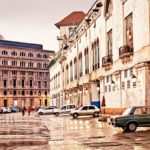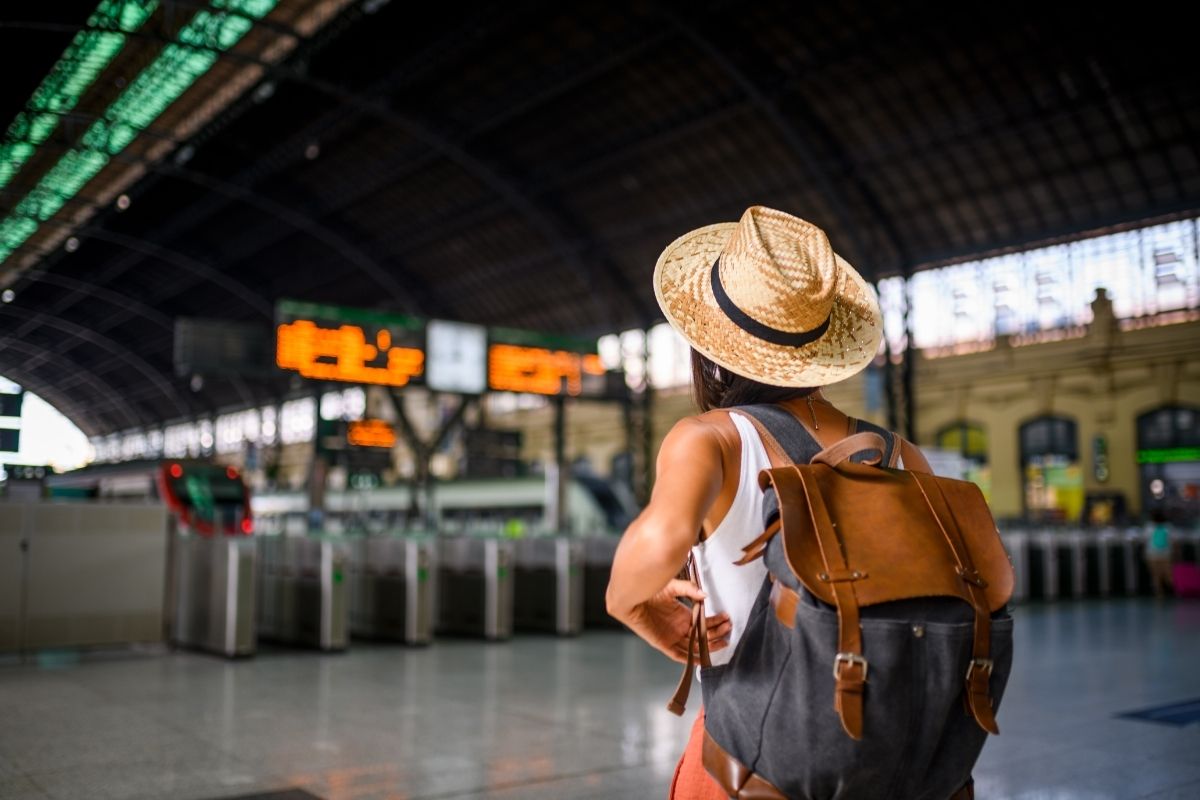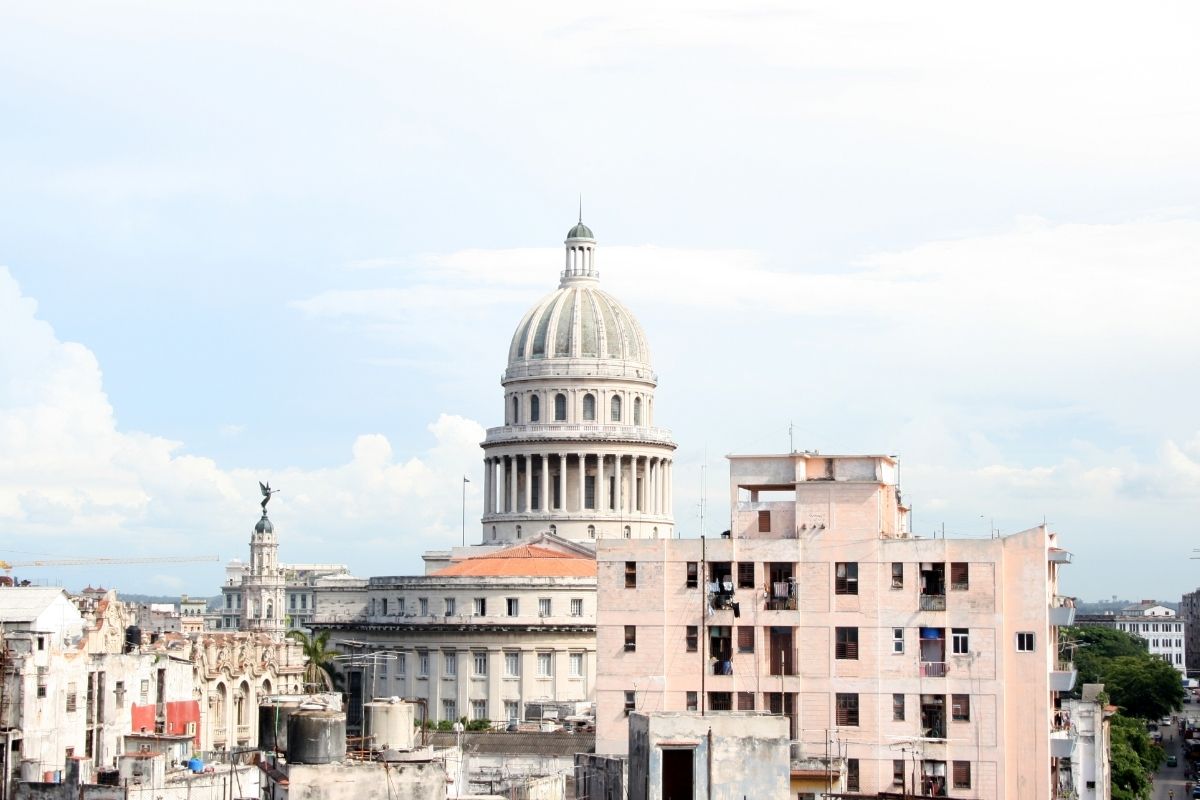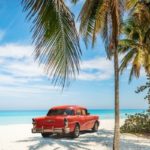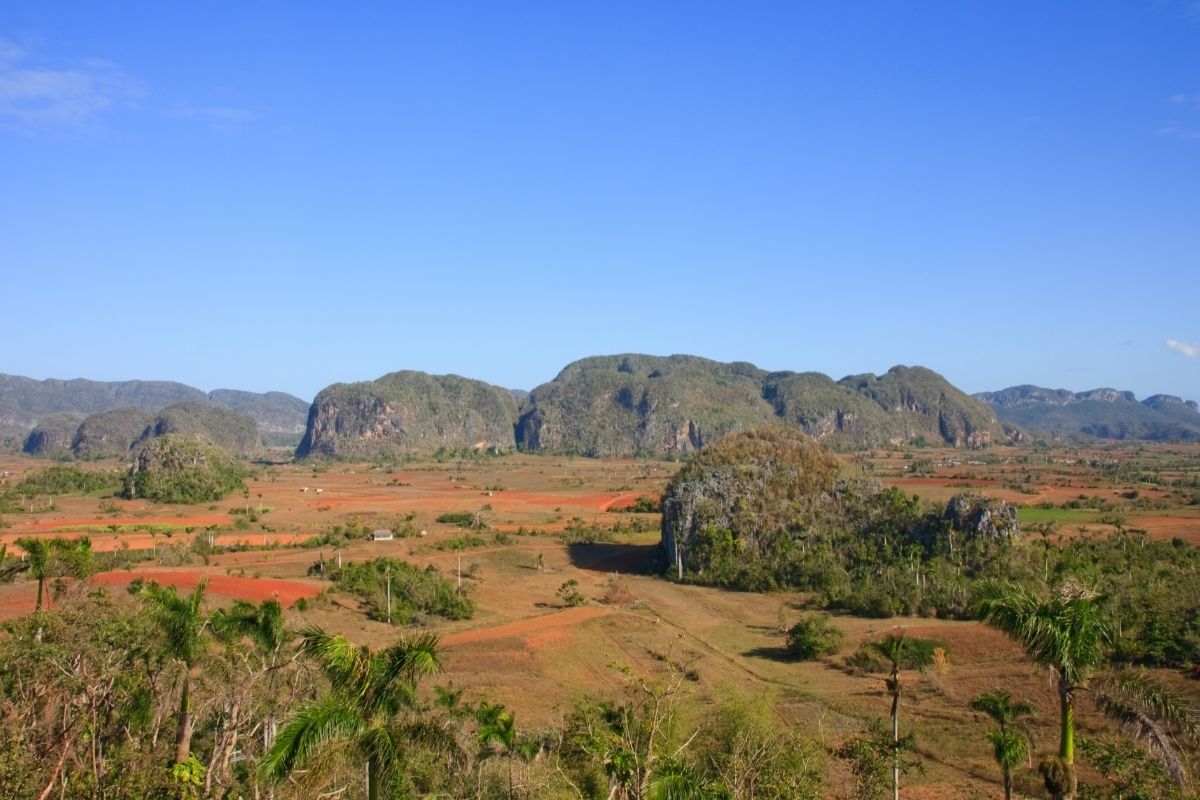If you’ve ever vacationed or traveled to Havana, at some point you will definitely have seen The Malecon or El Malecon as the Cubans would say.
It has always been a really popular place with not only visitors but the locals too.
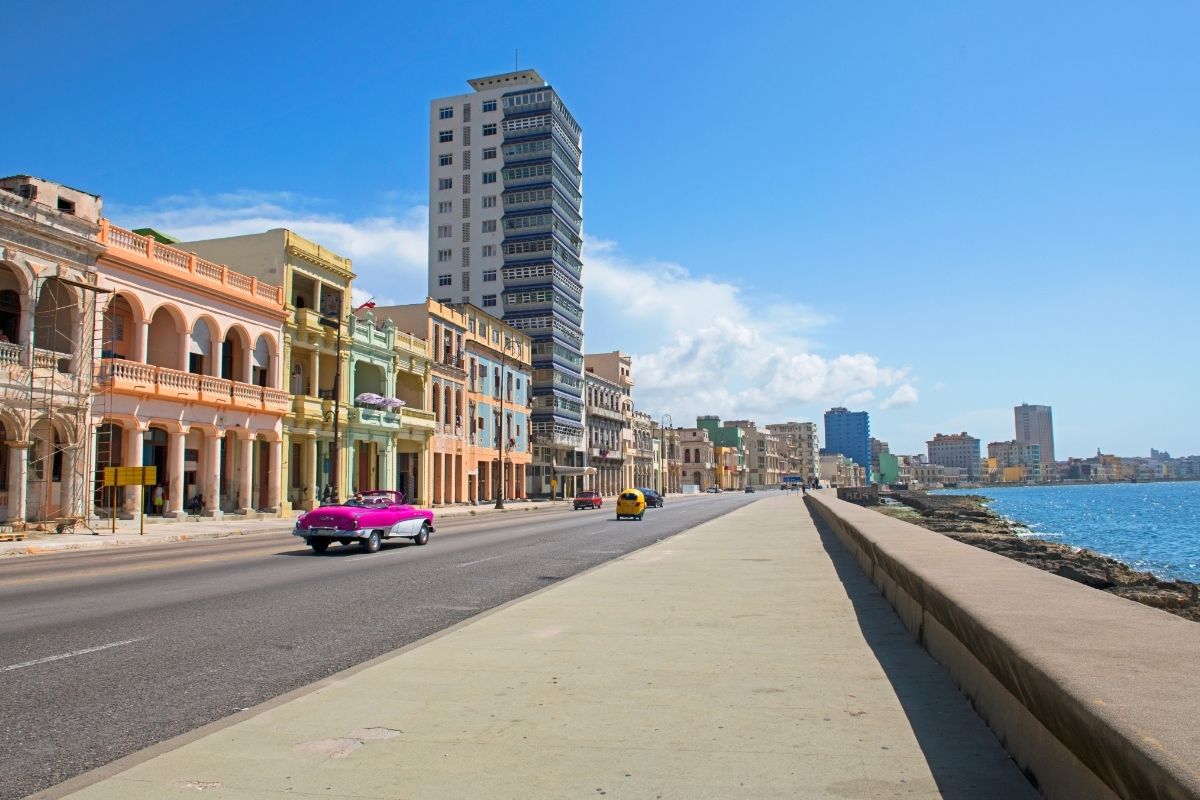
Whether you decide to stroll past first thing in the morning or last thing at night, you will often find it populated with people from all walks of life.
It is the perfect contrast of the narrow and hectic streets of the old city, against such a long relaxed space that seems perfect for relaxation and recreation.
But there’s so much more to the El Malecon that you probably even realize.
This is why I’ve compiled a list of the top ten facts that you need to know before you visit Havana’s famous spot!
Top 10 Fun Facts About El Malecon
Havana’s Protection
Cast your mind way back to the 1800s (you’ll need to fire up your imagination for this one).
This is when the very first plans were drawn up to build a seawall to try and protect Havana.
Much like many other cities across the globe, it was clear that Havanna needed a buffer of sorts to protect the city against the ravaging stormy sea and the abnormally high tides.
It wasn’t until almost a century later that construction for these plans actually began.
The seawall has since been extended, not once (1920), not twice(1930), but three times (1950) and there is even talk of upgrading the height of the sea wall due to the ever-rising sea levels.
They are still developing it to ensure that it always protects the city of Havana.
El Malecon Or The Worlds Longest Sofa
This 5 mile/8 kilometer-long wall is often referred to as the world’s longest sofa by many Cuban locals.
The wall begins at the perimeters of Havana’s Bay in Old Havana and stretches along to the north side of Havana Centro and ends in Vedado.
The wall gets its name as it is known as a place where people come to sit or lay down and relax for a period of time where they can sit and listen to the soothing sounds of the ocean.
Due to its grand length, you do not have to worry about finding a spot for yourself if you visit.
You’ll hear locals refer to it as ‘el sofa mas largo del mundo’ which translates to the world’s largest sofa.
So if you do find yourself in Havana be sure to give it a test drive. See how relaxing you find chilling at this popular destination spot.
It Got Its Name From The Locals
Locals are not only responsible for El Malecon’s sofa nickname, but also for the name El Malecon itself too!
When construction finally began in the early 1900s it was originally known as the ‘Avendida de Golfo’ which translates to ‘Gulf Avenue’.
This was referring to the Gulf of Mexico as this is where the very first part of the wall faced towards.
However, it wasn’t long before most of the residents started referring to it as ‘El Malecon’ and the name just seemed to stick.
While there is no direct translation of ‘El Malecon’ to English, it roughly translates to that of ‘seawall.’
If you want to get really technical, the road and pavement that is now known as Malecon actually has several different named ‘avenidas’ which are avenues.
But it’s likely that if you’re listening to everyday conversations, or reading publications on the wall, it will be referred to as its now famously known name ‘Melecon.’
It Is Regarded As A National Monument
At the beginning of the 1990’s the Cuban National Council of Cultural Heritage officially declared this sea wall to be a National Monument.
This means that you need to be respectful if you do take a visit to El Malecon as it is now seen as a protected area.
It Plays A Role For The Santeria Religion
For some of the residents that follow the Santeria religion, El malecon actually plays a fairly large role.
This is a place where followers can bring offerings that are then thrown to Yemaya-Asesu, the Goddess of the Ocean.
Offerings usually consist of a few low-value coins, seven coins to be precise. You’ll see more offerings taking place during stormier times.
This is because it is believed that this Goddess lives in the very deepest parts of the sea, and the storms brew from her anger.
It’s A Great Fishing Spot
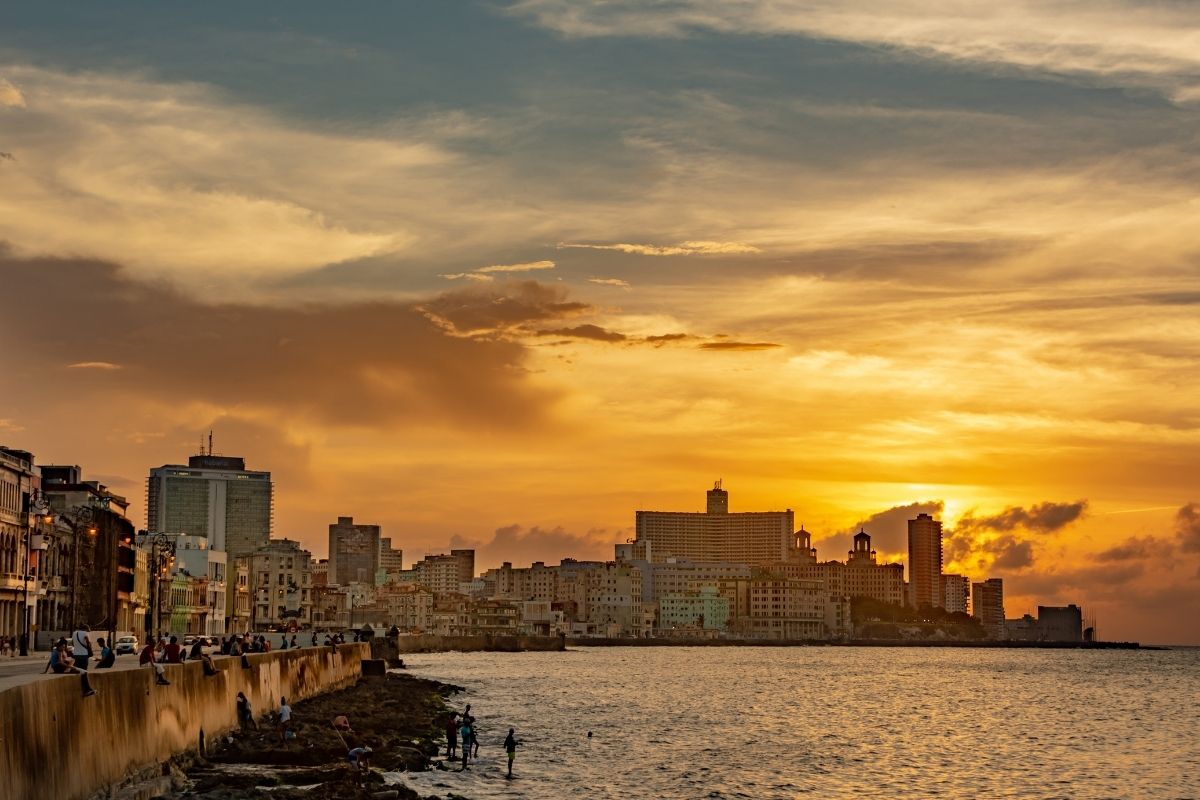
It won’t be irregular for you to see people casting their lines over this wall.
Since it is right beside the sea, certain locations, in particular, can be a brilliant spot to catch yourself a few fish.
One thing you may not be expecting to see though is the latex condoms that locals use as floats.
This is simply because they are considerably cheaper than the specialized gear you may need.
The purpose of this is that while some fish can be caught closer to shore, you’re likely to have more luck when the condom can drift further into the sea and allow you to reel in some much bigger catches from the deeper waters, all from the comfort of the wall.
Romance And Love
The Malecon is also a really popular spot for couples, if you ask many locals where they had their very first date, there’s a good chance this will be the place.
It is also a place that many couples seem to come and revisit.
Take a trip to the Malecon, and you’ll be hard-pressed to go without seeing hundreds of loved-up couples, whether they’re snuggled up across the wall or promenading hand in hand.
It is also, of course, popular with friends and family, and just about everyone to be totally candid.
You’ll often see that people bring food and drink to the sea wall, and you may even find that there is entertainment in the evening.
If you and your partner do decide to visit Havana, a date night at El Malecon is a must.
You’ll Hear A Loud Bang At Nighttime
While El Malecon is certainly beautiful during the day, there is something about visiting at night that is unlike anything else.
If you find yourself around this spot at 9 pm, you’ll be sure to hear the loud bang of the cannon blast.
This is due to a ceremony that has taken place in Havana for centuries. It happens every single evening at exactly 9 pm.
In years gone by this was done to mark the closure of the city gates, however, in more modern times it is done more symbolically and is kept up for tradition’s sake.
The canon is fired from the Cabana Fortress which is located on the other side of Havana’s Bay and while it is not actually that close to the Malecon, the booming sound can still be heard from practically every spot of the sea wall.
Now that is one loud bang!
Sometimes You Can Walk In The Middle Of The Road
The sight of classic old cars driving alongside the wall on Malecon’s main road is certainly not unusual.
In fact, it’s almost a classic image that most people picture when they think of Havana.
However, a beauty people may not be as accustomed to, is when this road closes and the quiet stillness of the road creates a totally new ambiance that is as equally stunning.
The road won’t close all of the time, but when there are special festivals, celebrations, and parades it will.
The road will also close when there are particularly rough seas and the waves spray over the walls.
Now, this can be a real wonder to behold, if you do get the chance, but ensure that you are always extra vigilant.
Do not stand or sit on the walls at these times, and bring a coat. You’ll definitely get wet!
They’ve Even Named 3 Major Cocktails After The Sea Wall
As is true with the majority of the well-known classic cocktails, their names have an origin that usually date back quite a few years.
But also, like many cocktails, throughout the years, we forget exactly how it came to be.
The first time that the Malecon cocktail was printed in documents was in 1915.
It was featured in John Escalantes’ss Guide To Cuban Cocktails.
It consisted of cognac, vermouth, bitters, sugar syrup, and of course, is it even a cocktail without a fruit garnish? In this case, it was strawberries.
It was in 1941 that the next Malecon cocktail was brought about. This was said to be heavily inspired by Havana itself.
This cocktail consisted of dry gin, white rum, Swedish punsch, and apricot brandy…delicious!
Then the third cocktail came in 2007 and was made by Etic Lorincz in London.
He was a successful bartender that created the drink not long after an inspiring trip to Havana.
This one contains rum, port, sherry, bitters, caster sugar, and lime juice!
Which one do you think sounds the tastiest?
Final Thoughts
So now you know everything you need to know about this famous national landmark.
Hopefully now, if you go to visit the wall, you’ll have more insight into what it actually is that you’re viewing.
And if nothing else, at least you can spit out a few fun facts for whoever accompanies you!
- What Is The Largest Island In Cuba? - September 19, 2022
- Havana – Why Is It Cuba’s Most Exciting City? - September 19, 2022
- Cheapest Time To Visit Cuba (Ultimate Guide) - September 19, 2022


